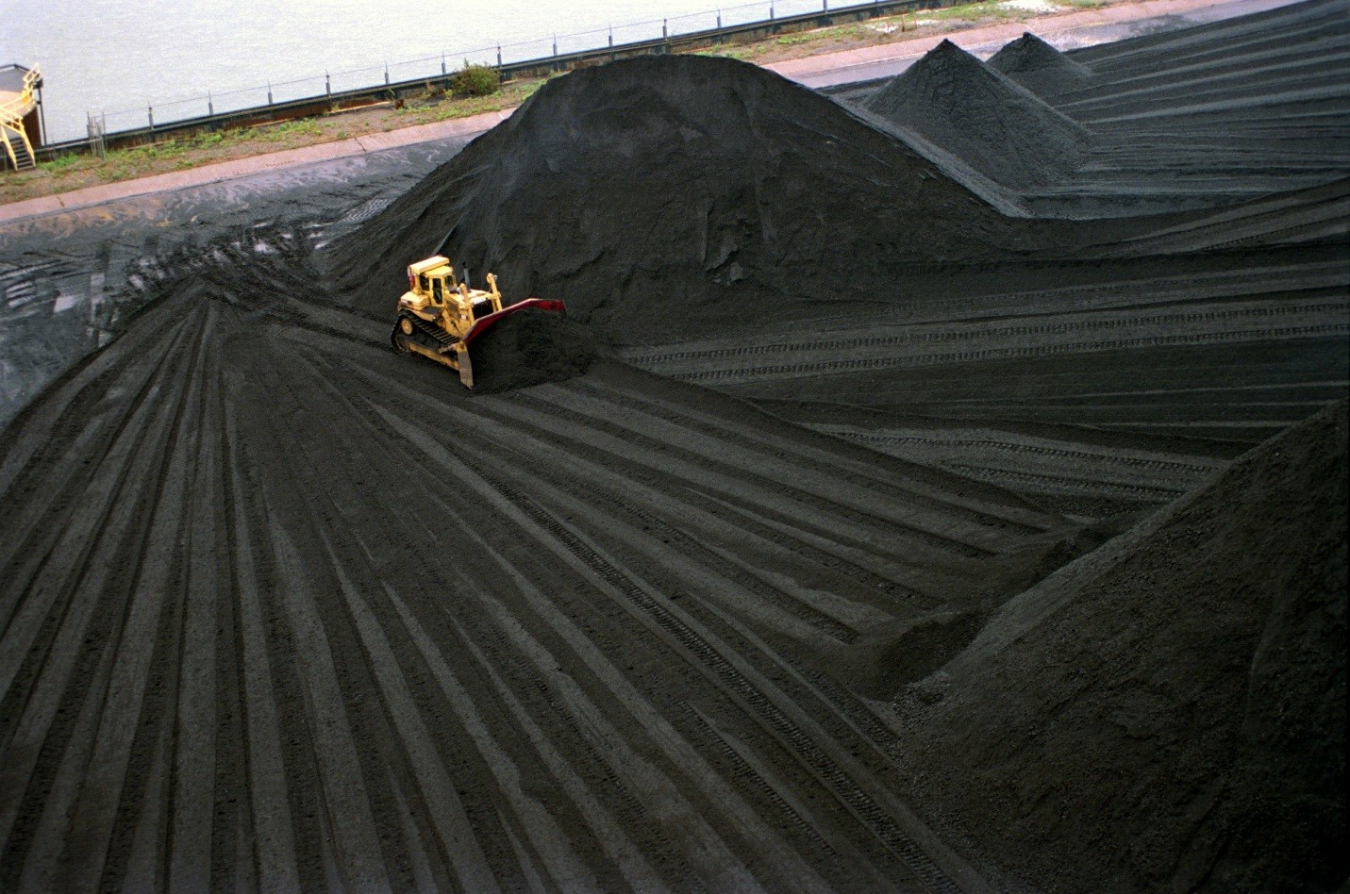
Coal is a very valuable source not only for thermal energy but also for value-added carbon products such as carbon fibers, carbon-carbon, and carbon-metal composites, and specialty carbon products. While coal tar pitch has been traditionally used in the production of carbon products, this material is a byproduct of cokemaking and the U.S. capacity for coal tar pitch production has shrunk dramatically. Novel approaches are being researched to directly convert coal to pitches and tailored pitches with optimized properties to produce graphite electrodes and fibers. In addition to furnace electrodes used in the American steel industry, carbon in the form of graphite is required in newer technologies including lithium battery anodes. Other pitch markets include aluminum smelters, and needle coke production may represent an additional outlet for the material.
Improving the competitiveness of coal can help the coal power industry address the challenge posed by more stringent environmental regulations increasingly seen around the world. In addition, power stations that use competitive coals can obtain practical, environmental, and economic benefits over those plants that use minimally processed coal.
Minimally prepared, high ash coals impair power station performance, affecting every aspect of an installation. The quality of the coal directly influences the selection and optimal implementation of the latest high performance boiler technologies. However, the overall quality of global coal resources is gradually declining. As a result, the industry continues the commercial use of indigenous, untreated coal that may contain up to 50% ash. The high ash concentration lowers the energy content of the coal leading to a dramatic impact on plant efficiency, reliability, and emissions.
The coal mining industry can increase the competitiveness of coal by removing minerals from it to produce a higher-grade product. A cleaner, more energy dense fuel will lead to improved boiler operation by reducing ash formation in the boiler which in turn minimizes fouling, ash handling, and disposal. In addition, significant cost savings are obtained from the improved handling and transport of competitive coal.
The improvements in operability and efficiency derived from competitive coal are more apparent for stations employing advanced technologies. Competitive coals can help optimize high efficiency low emission (HELE) technology plants. Higher quality coals produce large thermal efficiency gains. Also, the reduction in contaminants from competitive coal lowers the need for emissions control technologies which decreases costs.
